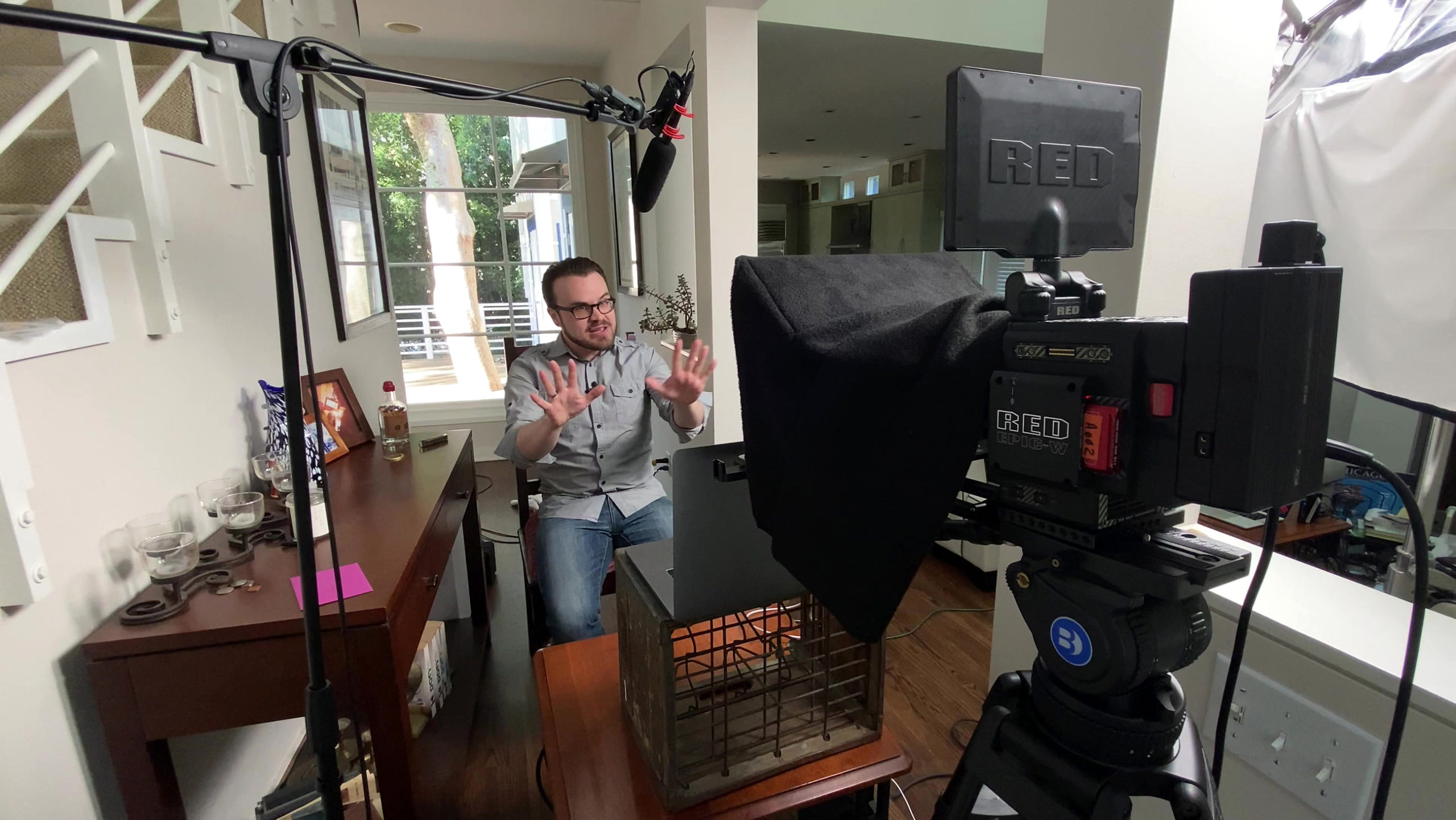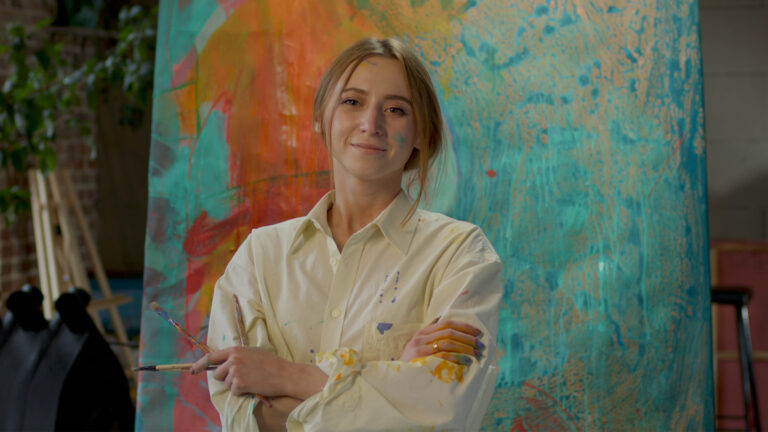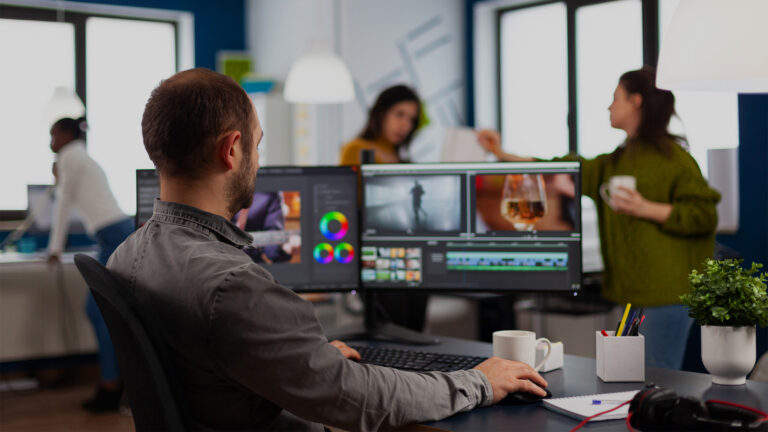Well, here we are in our final episode of Workflow From Home.
It’s hard to believe that it’s been 100 days since we began this journey together, and that we’ve created all of these episodes—entirely from our homes—with the Frame.io platform as the operating system that powers the end-to-end workflow.
Together, we’ve unboxed dozens of tools and techniques across different market segments in order to examine remote workflows over the past twelve episodes. We’ve also received amazing input from experts in the industry who’ve pivoted to remote workflows successfully. We truly hope you’ve found this series to be some combination of technologically helpful as well as a source of inspiration. What we’ve learned has changed us. Forever. It’s certainly changed me.
But what we want to talk about today isn’t a summary of the whole series or another rapid response technology to aid in remote work. Instead, to conclude this series, we want to talk about what we’ve learned from this experience and how we can use it to predict the ways we’ll work going forward.
When 2020 began, we had a normal way of doing things. But over the last three months, all of us have been experiencing a new form of normal. During this journey between the old and the new, we’ve all faced some enormous challenges which people describe as making them feel uncomfortable, anxious, or cautious.
We’ve had to react to a crisis, manage concerns and doubts, and many of us are unsure about what the future holds. But I find that every time we face words like that, it means we’re on the edge of making an innovative breakthrough. The question is, are you trying to get back to normal? Or are you willing to invent something entirely new?
Events that changed the industry
Shakespeare said that the past is prologue. As a prologue to where we are today, let’s briefly take a look at how we’ve gotten here and at some of the massive events that have shaped our industry.
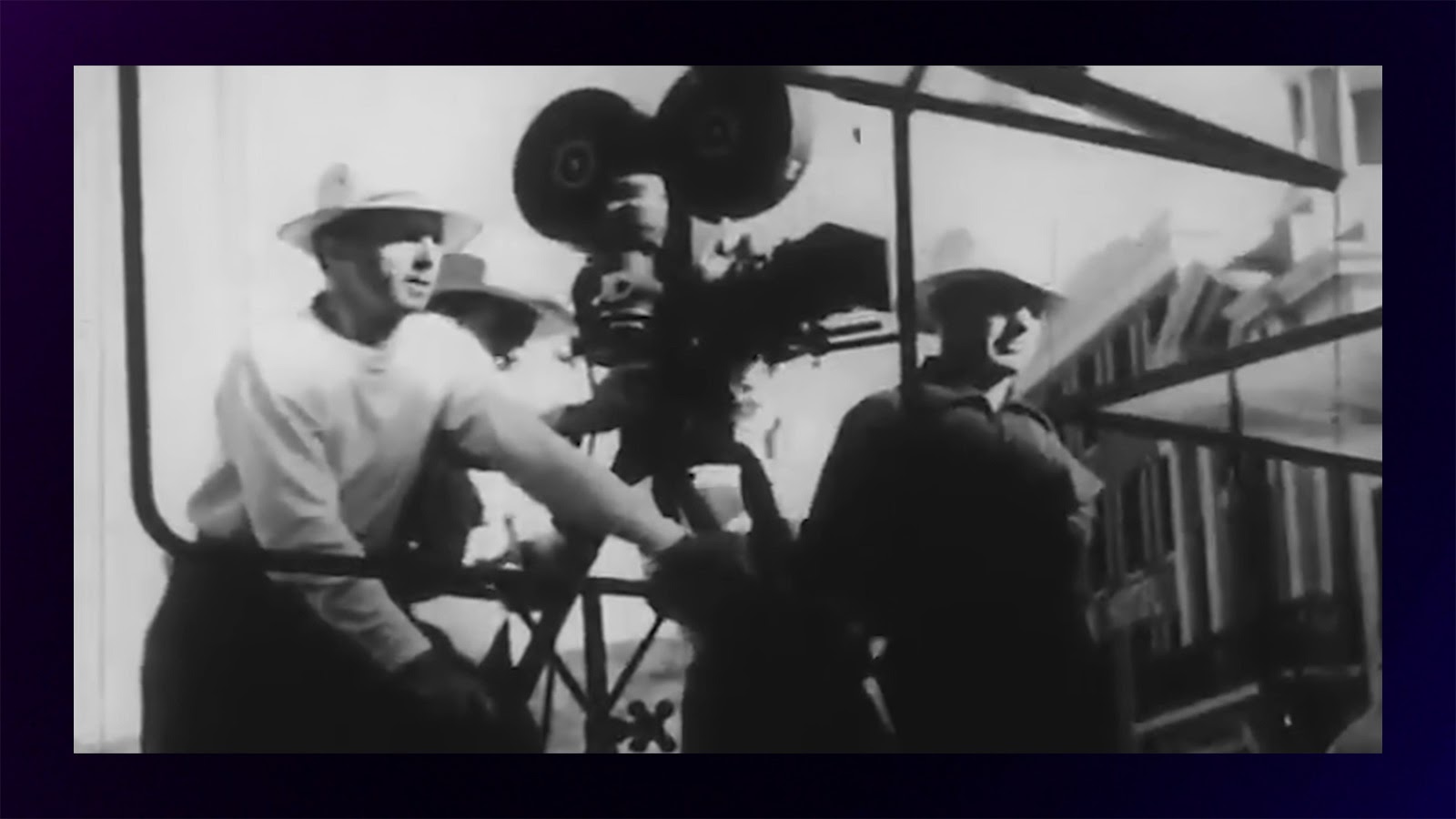
First, consider that the whole of motion picture history spans only about 100 years. Silent movies were shot on celluloid, which needed to be processed and printed, and then literally cut and spliced, and then printed and projected in an actual theater in order to be viewed.
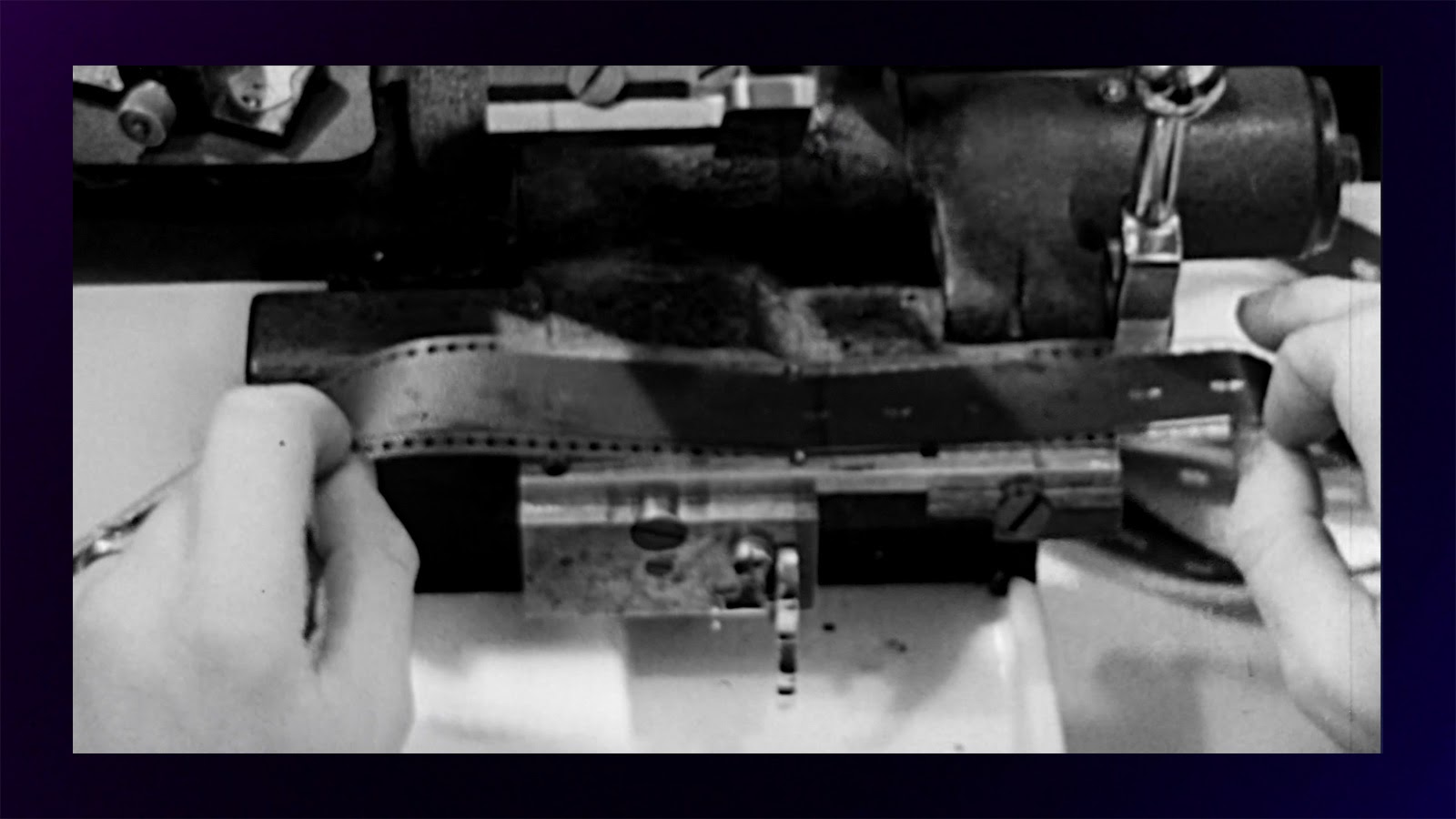
Fast forward to 8K digital cameras from which we can stream HDR signals instantly to the cloud, and we can edit and stream a finished product to anywhere in the world in the same day—and now many of us can say we’ve even done it from our homes.
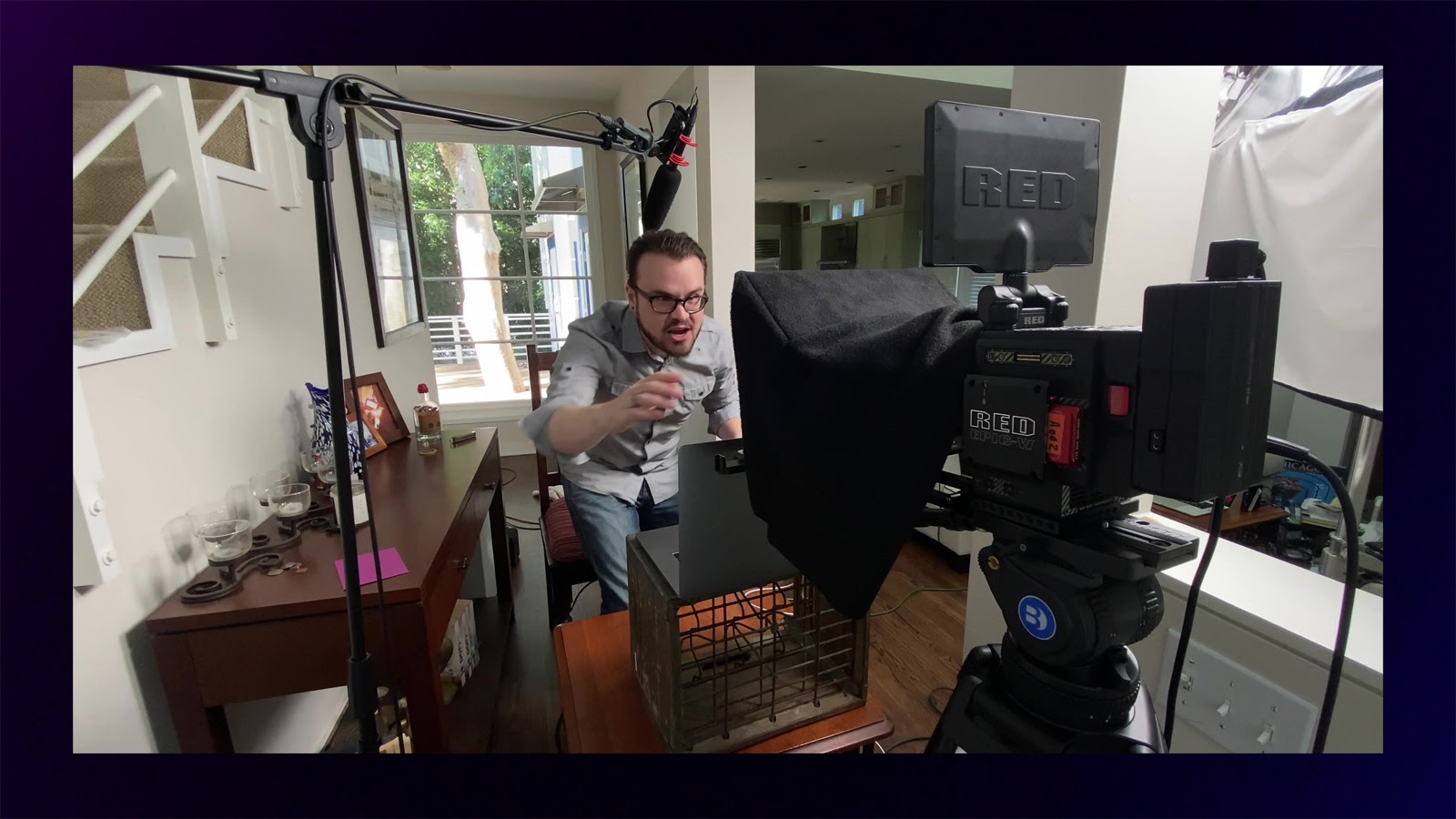
Obviously, technological developments have influenced the way we create, but there are other important factors that have changed both the way we work, as well as the kind of content we produce.
For example, the Spanish Flu pandemic of 1918 caused most of the movie theaters to suspend their operations for months. Sound familiar? As the mom-and-pop theater owners struggled financially, Adolph Zukor, who eventually became the head of Paramount Pictures, bought the theaters out, which gave rise to the Hollywood studio-controlled creation and distribution system—a business model that remained more or less the same for nearly 70 years.
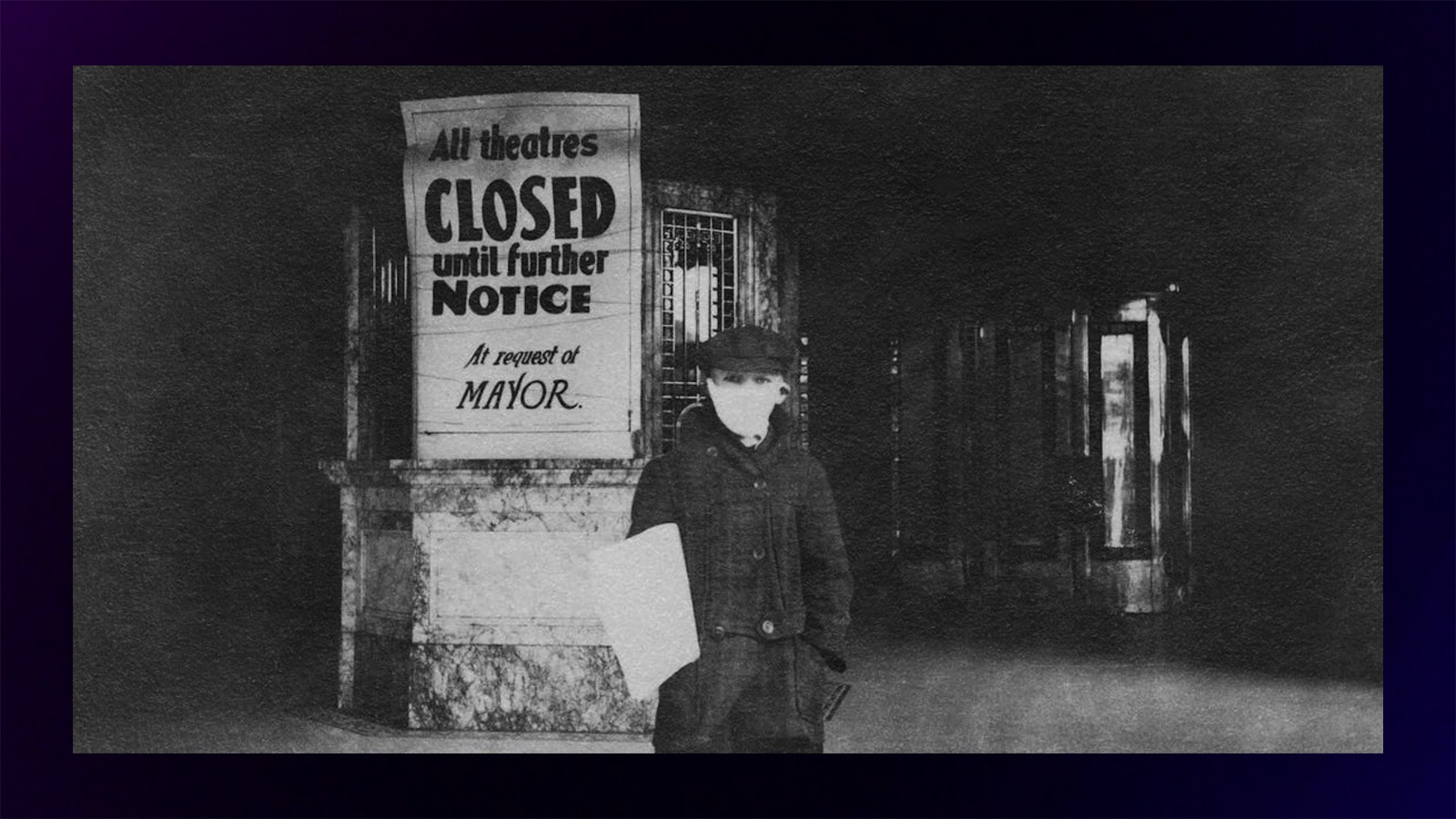
Or look at what happened in 2007 when the internet matured enough to support longform video. Large studios began distributing content on demand and online, so the Writers’ Guild wanted to negotiate for web-based residual pay. At the time, most of what we watched on primetime television was scripted drama or comedy. When 12,000 writers went on strike, a hundred shows shut down virtually overnight. So what happened? Unscripted reality TV shows exploded into primetime both on the major networks and cable channels, creating an abundance of new shows.
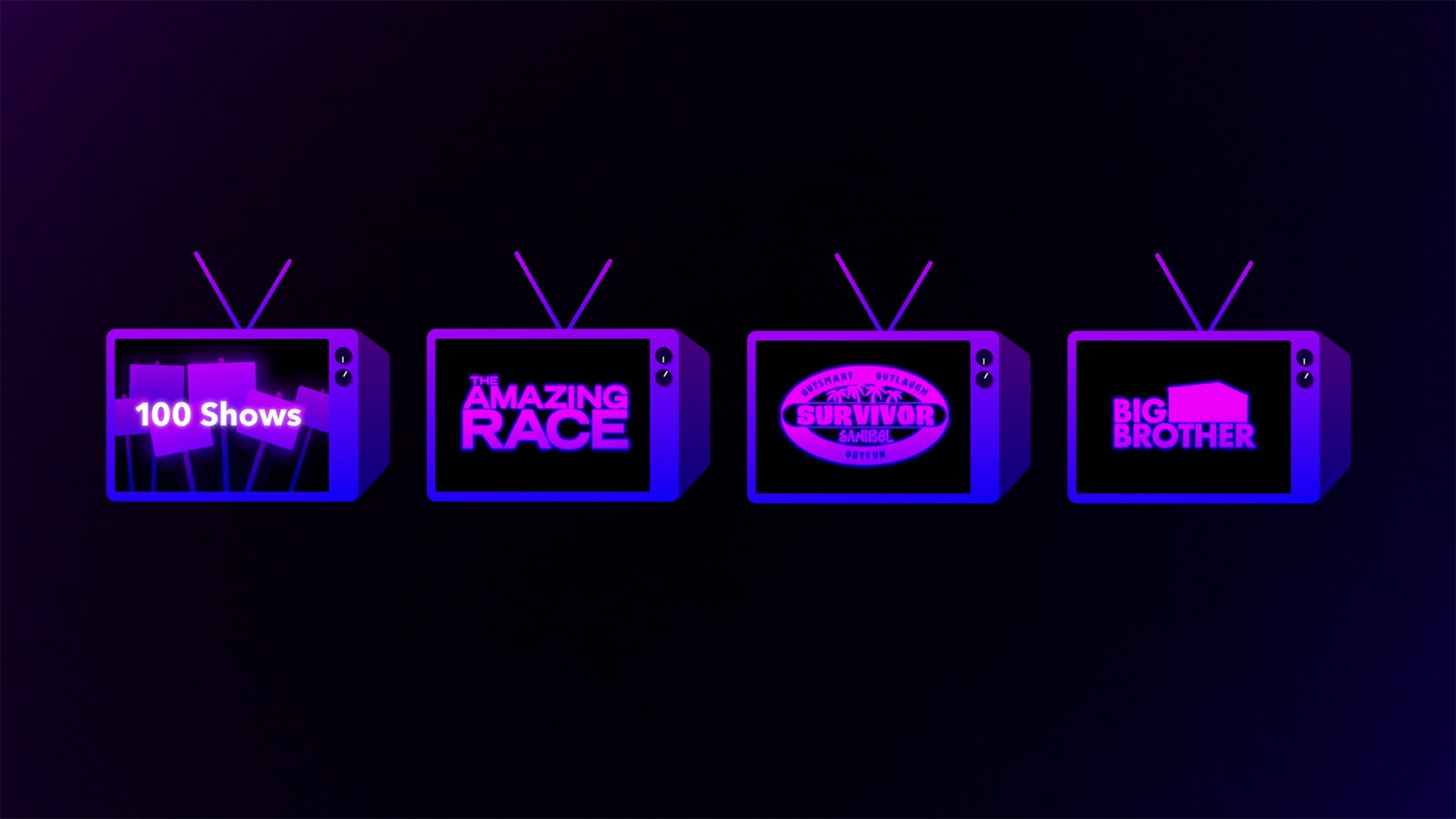
When you consider the cost difference and labor it takes to produce narrative shows versus reality programming, this unexpected event inadvertently gave birth to a new market segment that changed the whole face of primetime programming—which continues to this day.
Or look at the results of a natural disaster. In 2011, Japan suffered a horrific tsunami after a 9.1 earthquake occurred off the coast of Sendai. The tsunami claimed the lives of nearly 15,000 people and the damage wiped out homes and businesses along the Japanese coast—including the plants that manufactured HDSR videotape, which at that time was the most popular format for professional video and distribution.
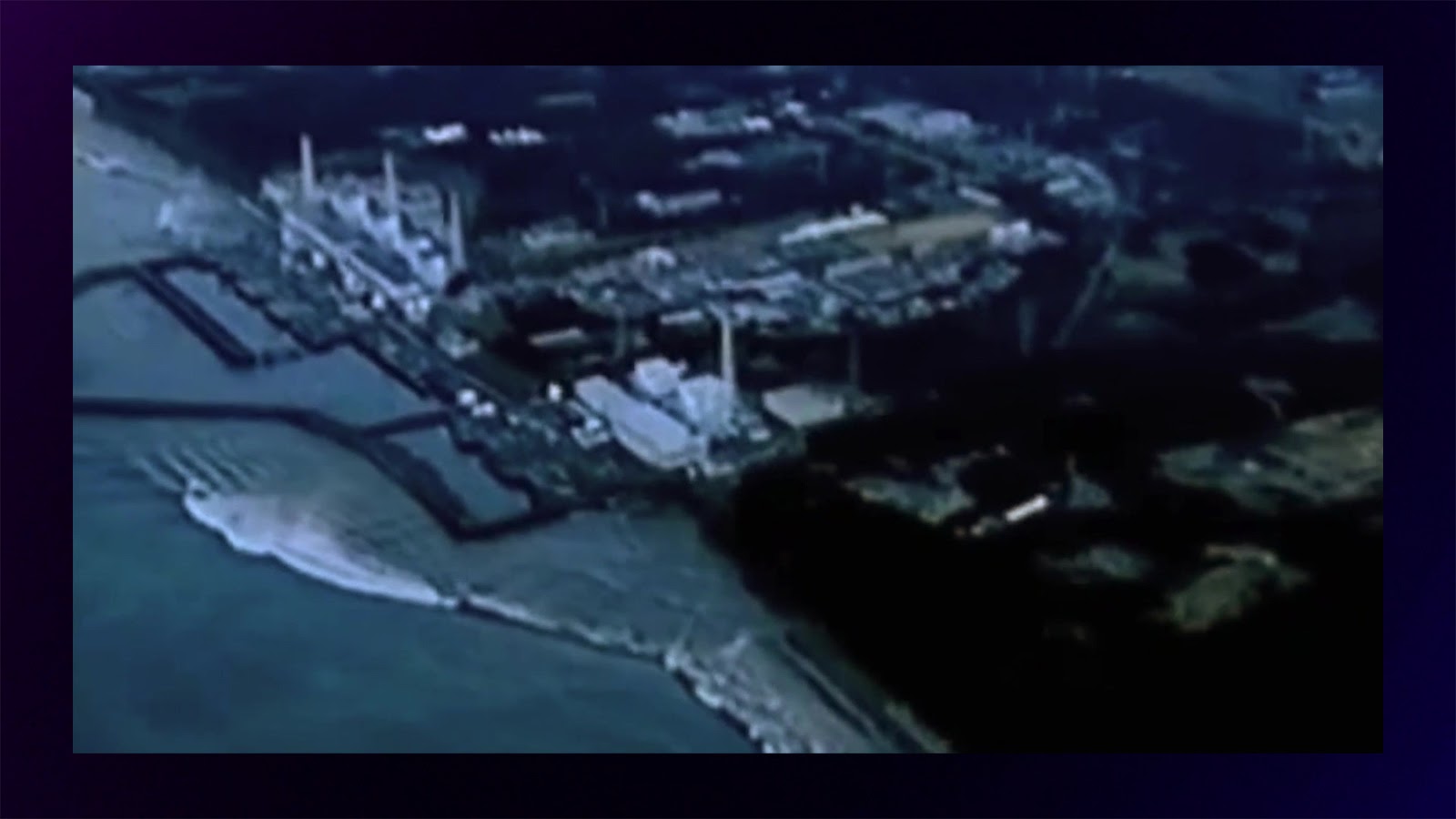
What happened? Tapeless workflows were catapulted into mainstream workflows virtually overnight. The Panasonic P2 camera fleet, the RED One, and the brand new Arri Alexa use solid-state recorders in lieu of videotape. And computer-driven datacines pioneered by companies like ColorFront replaced film-driven telecines, which completely changed how we captured, transferred, and edited video.
When you consider the difference between having to record on magnetic videotape versus being able to capture in solid state and migrate directly to disk, this tragic, cataclysmic event inadvertently led to a vastly improved workflow that we all consider today’s norm.

The point is that sometimes wide-reaching disruptive events often help us examine how we’ve historically done things, and challenge us to adapt new ways. In much the same way that species evolve to adapt to their environmental conditions, we have to adapt to the conditions surrounding our industry. And that means you play an important role by resisting the urge to go back to the way things were. As we’ve seen throughout the last hundred years, many of those adaptations have helped us work better, or more creatively, or more efficiently.
Some new questions
So what have we learned from this experience of having to social distance and work from home? Well, first, let’s look at how we’d been accustomed to working, prior to March of 2020.
Production and post-production relied on people working together, in close proximity to each other for decades. One of the most common questions that came up when we all started working from home was, “How do I replicate how I work in person if I can’t get close to people?” But, as the months have passed, and we’ve started to adjust to new ways of working, we realized that perhaps we were asking the wrong question.
A better question might be, “How has my workflow gotten better?” Or, “What can I incorporate from this experience that will improve my workflow in the future ?”
One discovery we’ve made is that a lot of what we do in post-production doesn’t actually require nearly the amount of synchronous communication we initially thought. In fact, when it comes to post-production, relying more on asynchronous communication can actually be an advantage.
In Episode 10, we talked with the colorists at the post house Light Iron. At first, the colorists felt as though it was more challenging to not be in the same room with the director or DP.
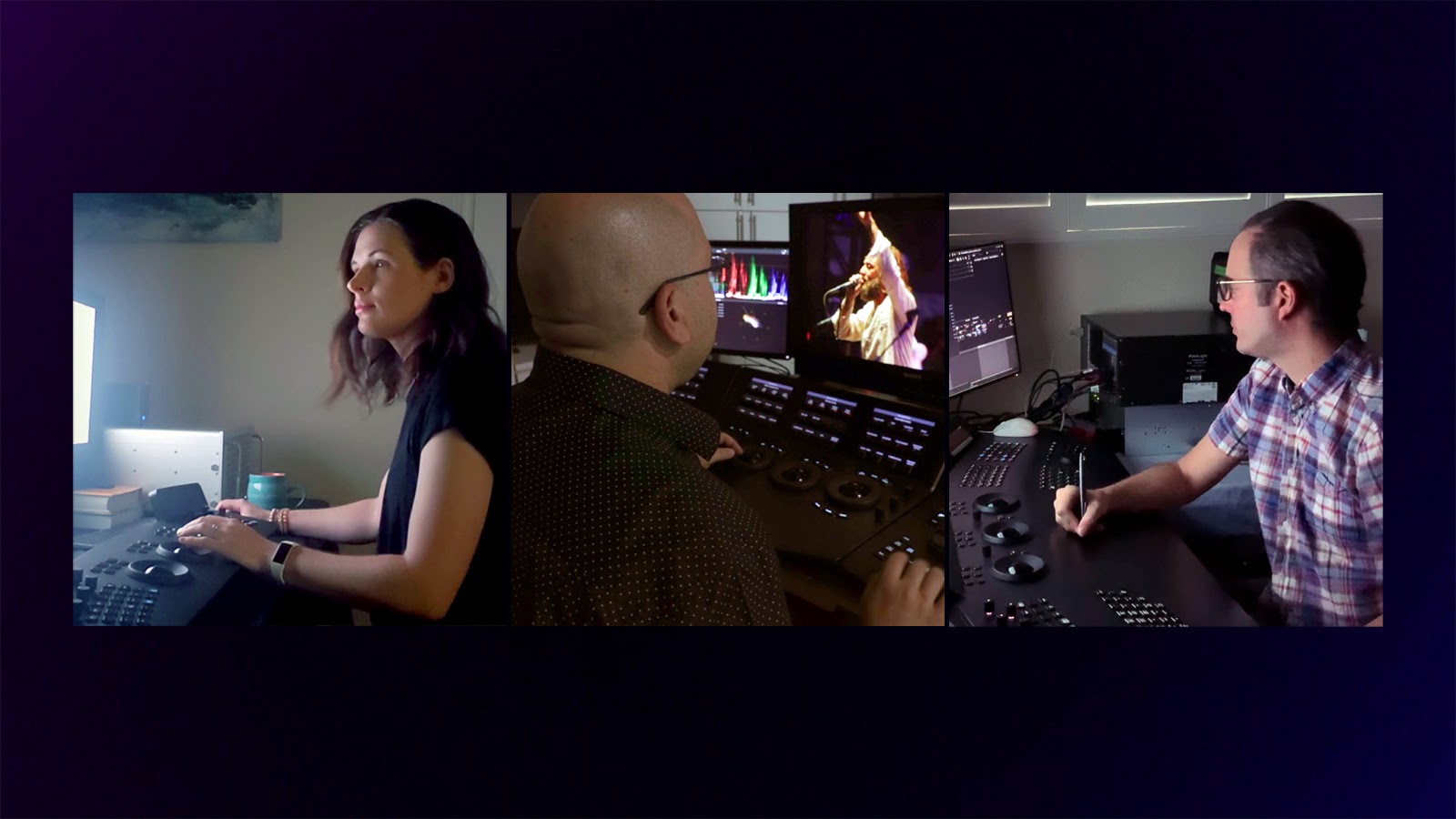
But as they grew to depend on asynchronous communication, they realized that there are more instances in which, with the right tools, it was preferable for both parties to take their time to really digest the material without the pressure of an on-the-clock session in a specialized facility.
Or, in Episode 8, we talked to Andrew Orloff of VFX house ZOIC Studios, a brick-and-mortar facility with three locations in two different time zones and 300-plus employees. VFX studios are notorious for depending on in-person, synchronous work and communication.
But what they found is that working remotely resulted in some unexpected efficiencies. They were better able to reach across locations to bring in talent for projects, which meant less overtime and less time wasted on artists waiting to be tasked.
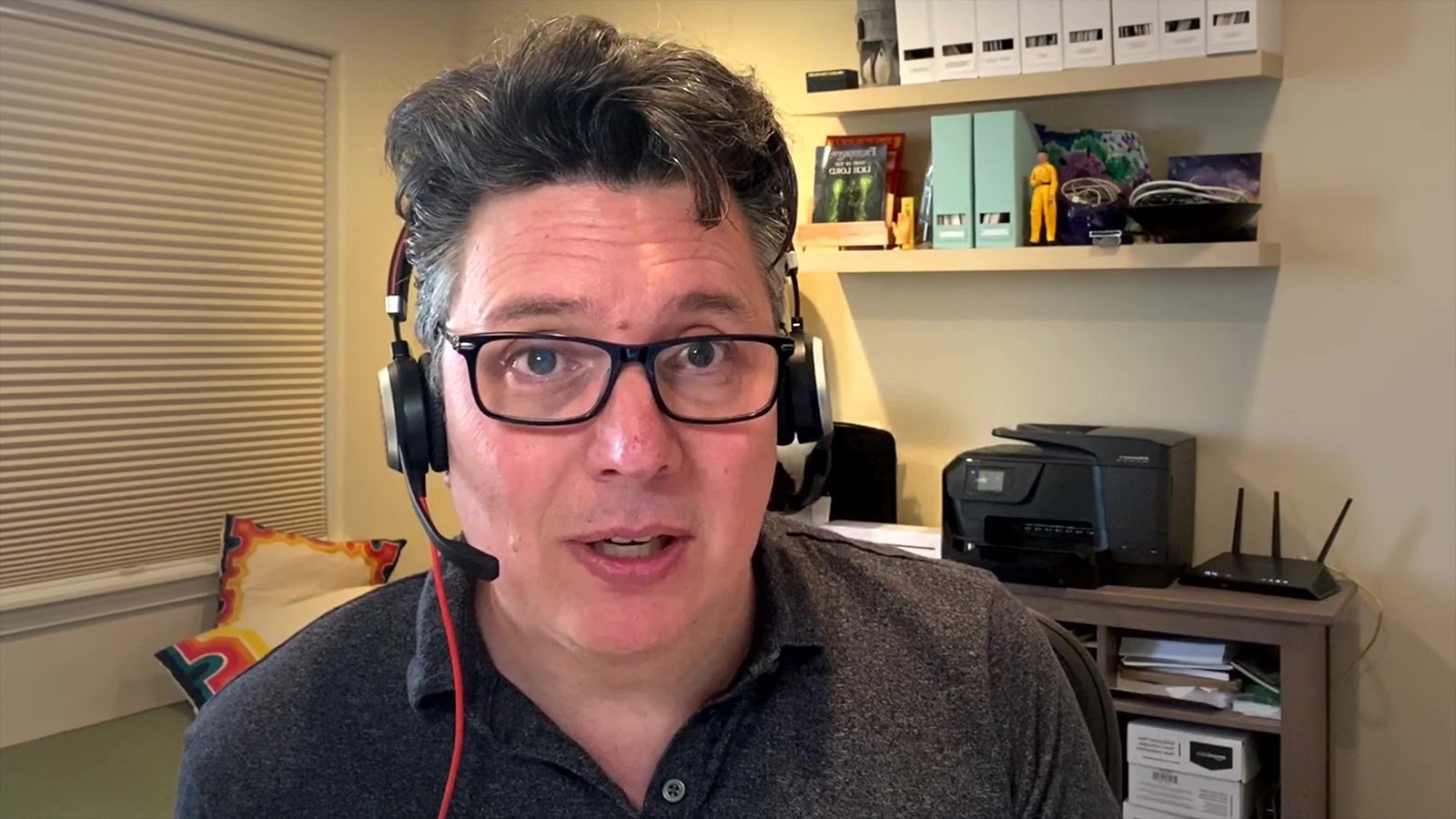
There’s also the economic impact of creatives having to live in expensive production hubs like Los Angeles, New York, or London. In Episode 7, we spoke with VFX veteran Scott Squires about the potentially positive impact of artists being able to work in less expensive, non-traditional markets as remote work becomes more accepted.
VFX studios can save money by not having to pay expensive rent or premium salaries, and artists can live more comfortably in more affordable parts of the country, or the world. We’re already seeing that tech workers are leaving Silicon Valley for places like Ohio, Texas, and Oregon as a result of companies like Facebook and Twitter allowing their employees to work from home indefinitely.
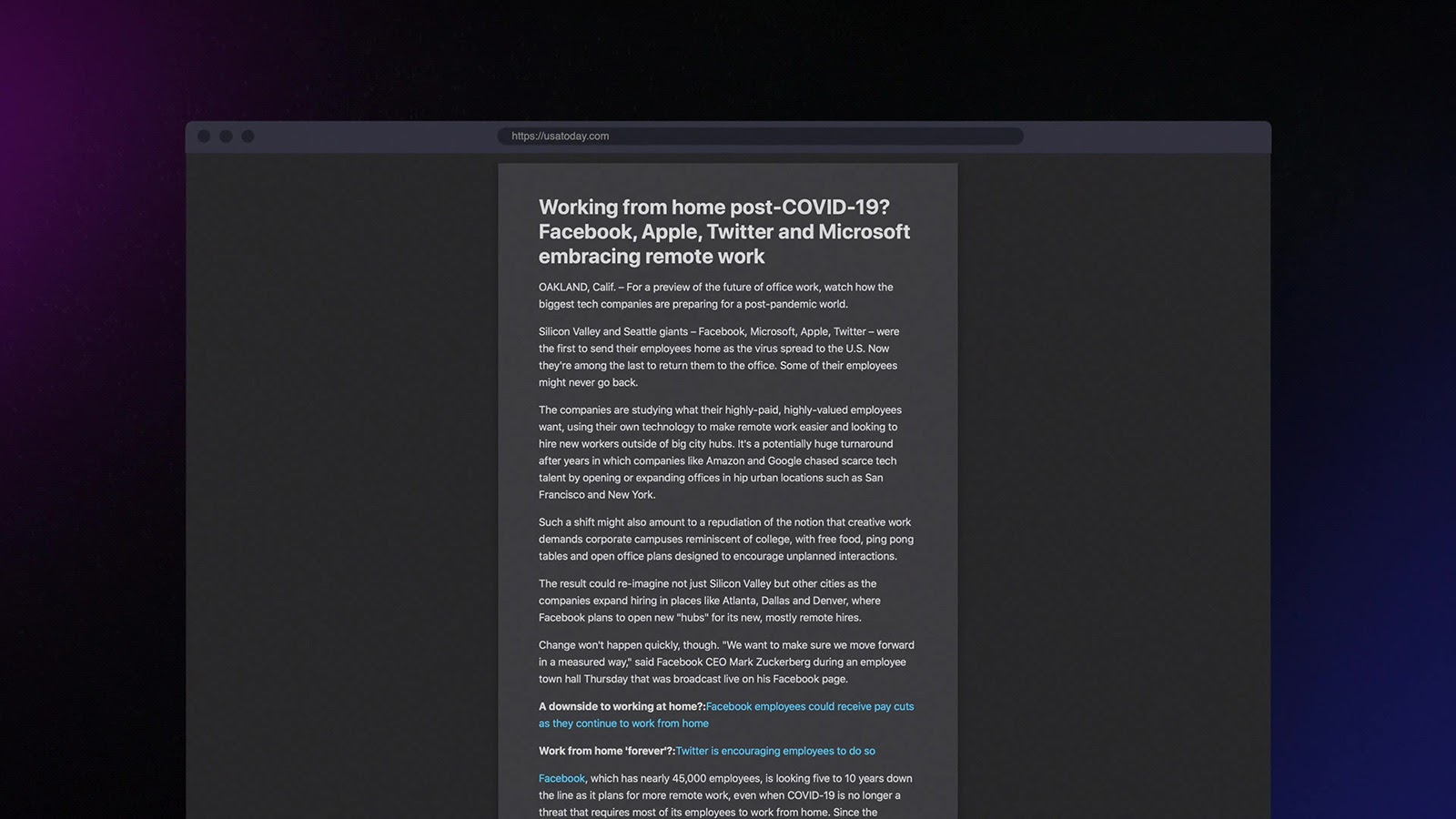
And then there’s the human factor. Tight deadlines, limited budgets, last-minute changes—all conspire to keep post-production creatives in their suites or at their workstations to the point where the work-life balance can get badly skewed.
In Episode 4 and Episode 5, we spoke to Ireland-based editor David Stevens and CONAN lead editor Rob Ashe, both Frame.io users who hope that post-quarantine they’ll still be able to have more time with their families, now that they’ve proven they can effectively work from home.

Trend spotting
As we’ve said before, Frame.io is a company that loves data. And we rely on data to support our platform, our customers, and our theories. So we turned to all of you to see what you thought about remote workflows by conducting a survey. We received nearly 600 responses, most of whom were people in the post production world.
What did we learn? Interestingly, 73 percent of you said that you’re equally or more productive when working remotely.
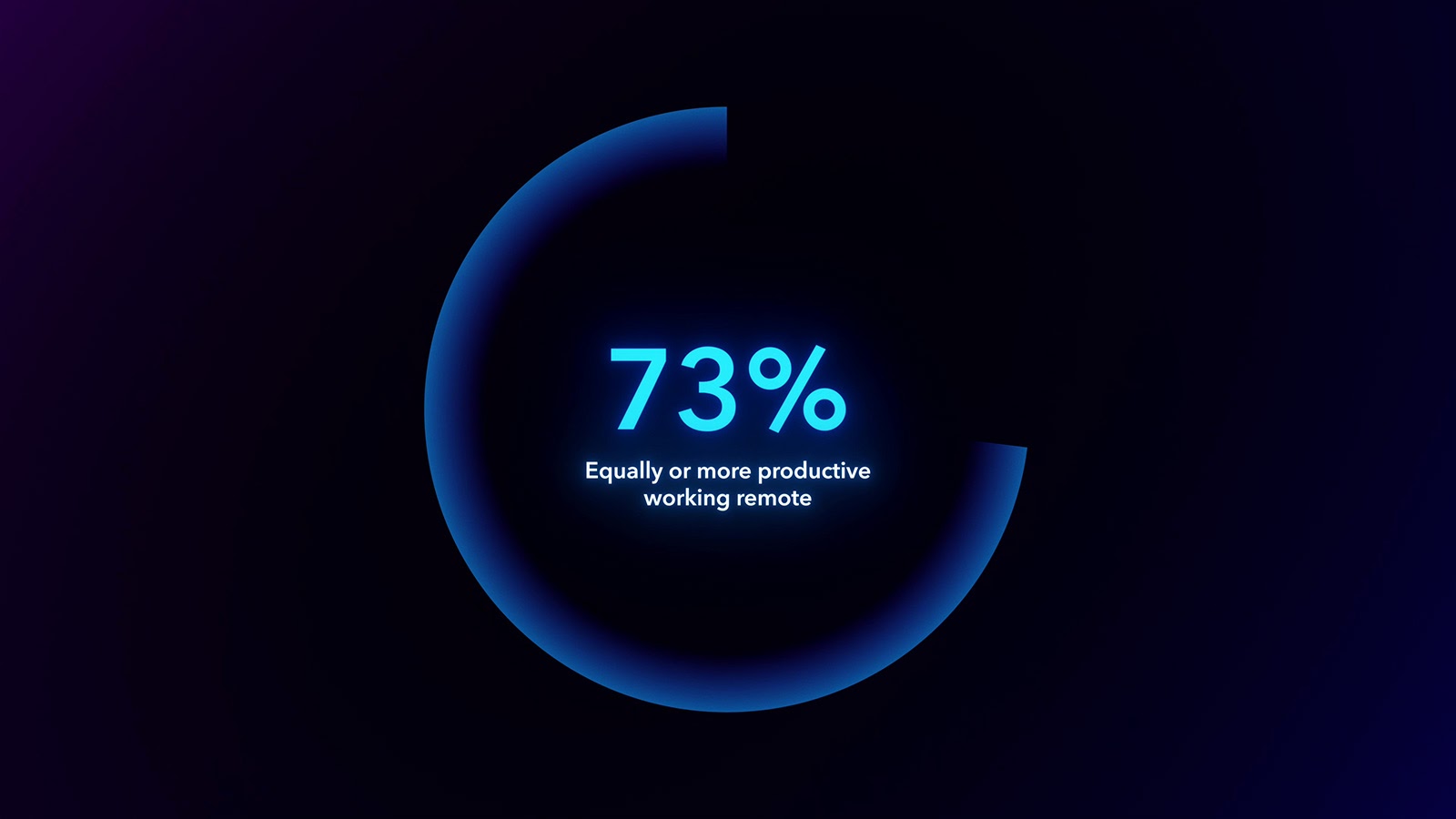
And even before quarantine, you said that you spent 65 percent of your time working without direct client interaction or supervision—and that number increased by only 10 percent during quarantine. This supports the theory that the most efficient approach to complete the majority of our tasks live inside asynchronous models.

Pre-quarantine, 50 percent of you said that you relied on in-person communication to do your work. But let’s put that another way: only half of you said that you needed in-person communication to do your job. Which means that even pre-quarantine, half of those we surveyed didn’t feel that in-person communication was necessary. When you combine that statistic with the 73 percent who said that they’re more productive while working from home, you get a sense of the strong support for long-term adoption of remote workflows.
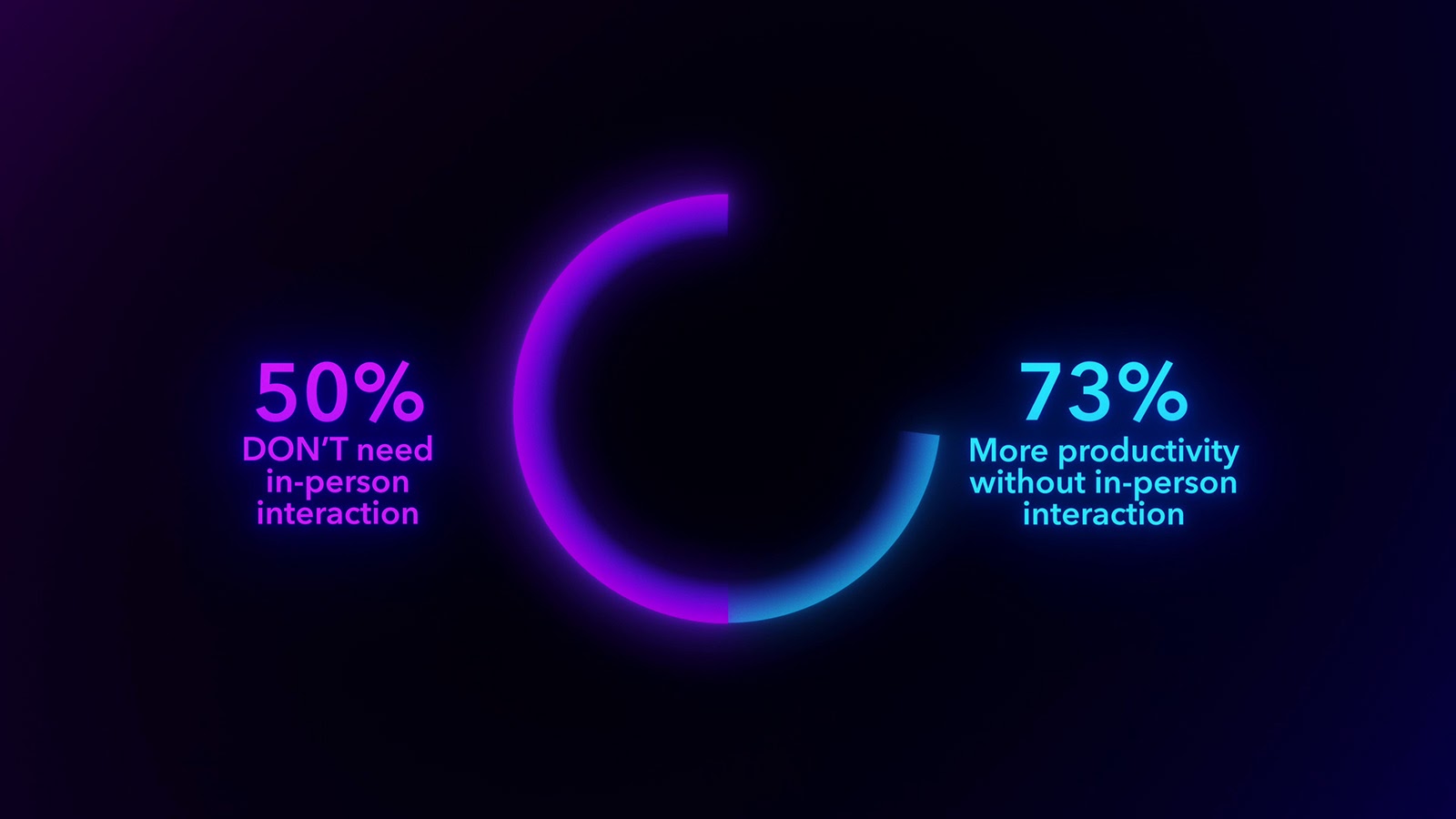
Beyond that, when it comes to quality of life, 65 percent of you cited an improvement in work-life balance.
For one thing, the average person in our survey saved 53 minutes per day on commuting. What do you do with nearly an extra hour every day? Many of you focused on non-work activities or, better yet, caught up on years’ worth of sleep.
But if we scale those figures up, think about what you could do creatively if you bought yourself roughly 260 hours a year? How many scripts could you write? How many shows could you edit? What passion projects could you complete? Or, to turn it around, if you’re an editorial house or DI facility or VFX studio, how much more could your creatives accomplish—while still gaining a better work-life balance?
Isn’t that worth exploring permanently?
Proof of concepts
Let’s look back to Ian Vertovec’s realization in Episode 10— the “hub” model of working is when the high-end facility sits at the center of the workflow with creative collaborators all feeding into it.
Ian’s theory is that when Light Iron began to work in a less centralized way, adopting more of a “web” model, this allowed his fellow employees and clients to work more efficiently from remote locations.
This increased the throughput of work and simultaneously reduced wait times even though people are distributed. This could mean facilities can identify and concentrate on higher margin tasks that leverage a web model. Or can scale up their reach by working in territories previously only made possible with brick and mortar.
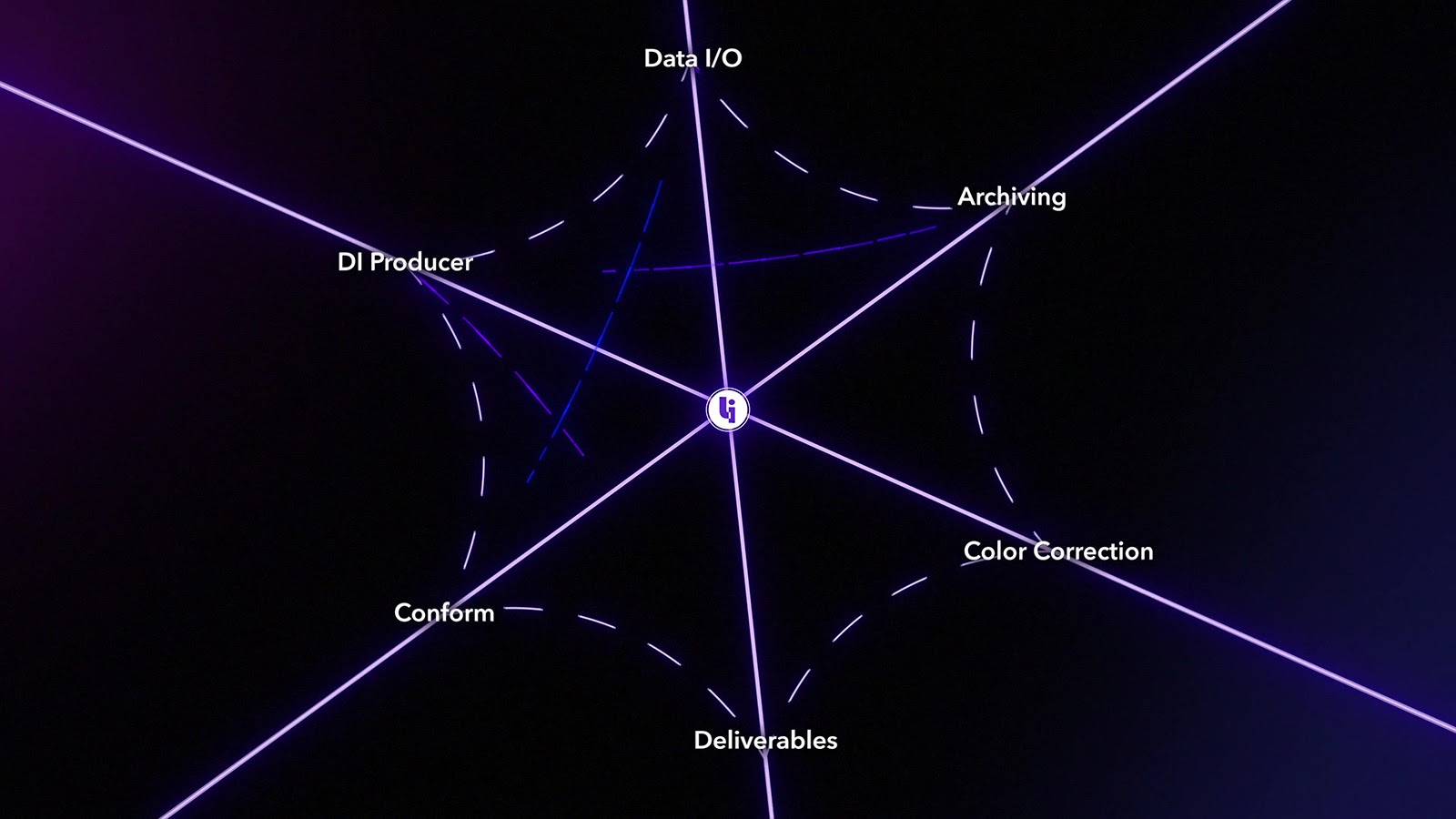
In Episode 11, we highlighted the features that make Frame.io the key to a new kind of workflow, one that allows you to incorporate the benefits of working asynchronously while staying in sync as a team.
We put this semi-synchronous workflow to the test on this series, and in Episode 12, we stepped you through our process as we created a new kind of workflow that no one has ever tested before. And what’s best? We’ve demonstrated that it’s now possible to do that as a conscious choice, rather than purely out of necessity.
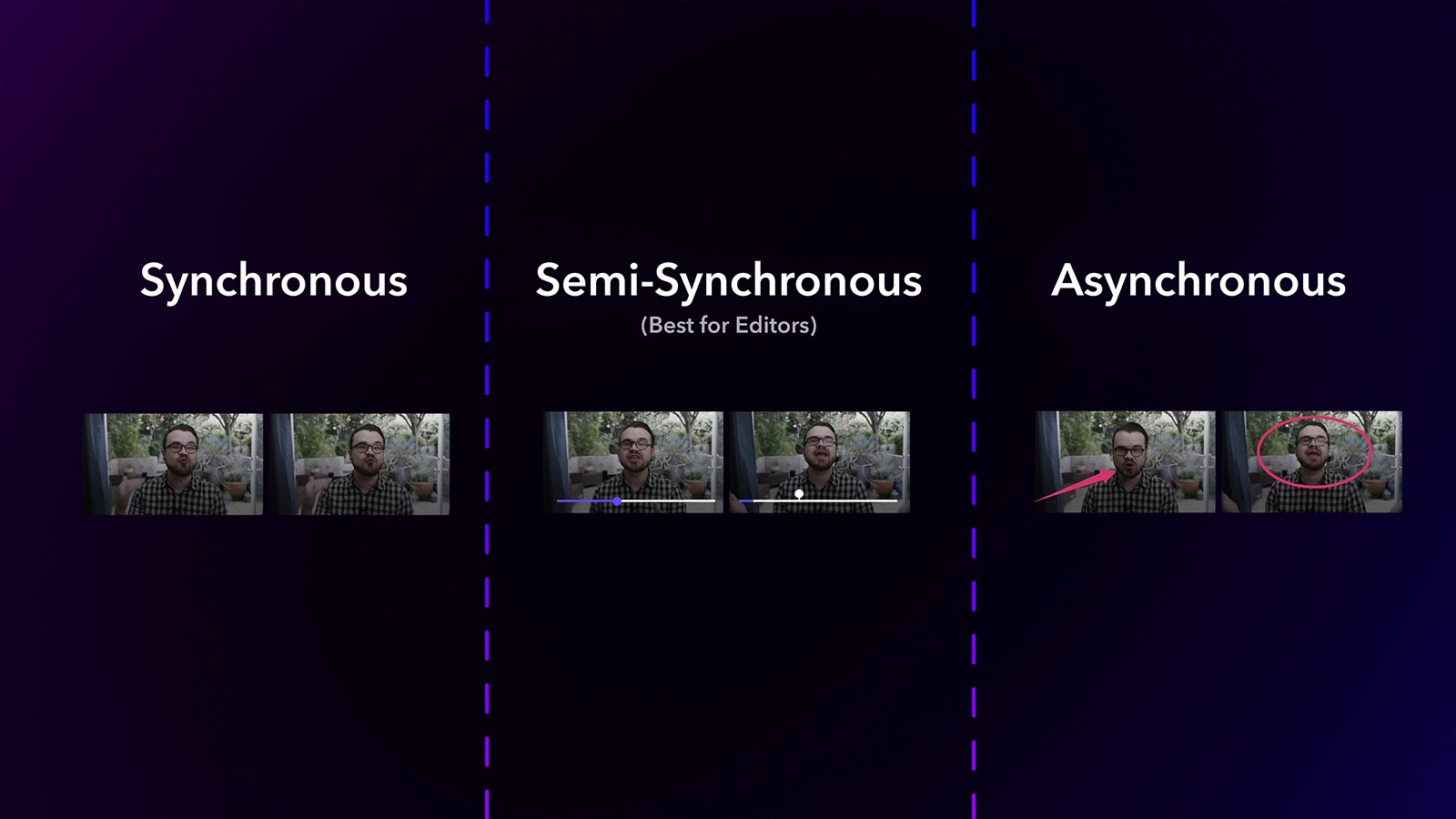
Technology adapts to change
So as we look to the future, we’ve learned that we can absolutely adapt to a new way of working—but as was the case after the 2011 tsunami, the goal isn’t to adapt to change in technology—the technology we innovate is going to have to change in order to adapt to us. What we did in this series made us push the tools we now have, and helped us see more clearly what else needs to happen.
For example, we saw a revolution in digital cameras over the past 15 years, where sensors have become so exceptional that even the biggest Oscar-winning DP skeptics eventually switched to digital cameras as their preferred instrument of image capture.
But here’s another place where that same kind of revolution needs to happen: codecs. Codecs are like digital envelopes that take a file and compress its data so it becomes smaller, and then decompress it so it can be viewed. If we all agree that the future is fully online and virtual, then we also have to agree that prioritizing web-optimized codecs, that live inside the camera, is essential.
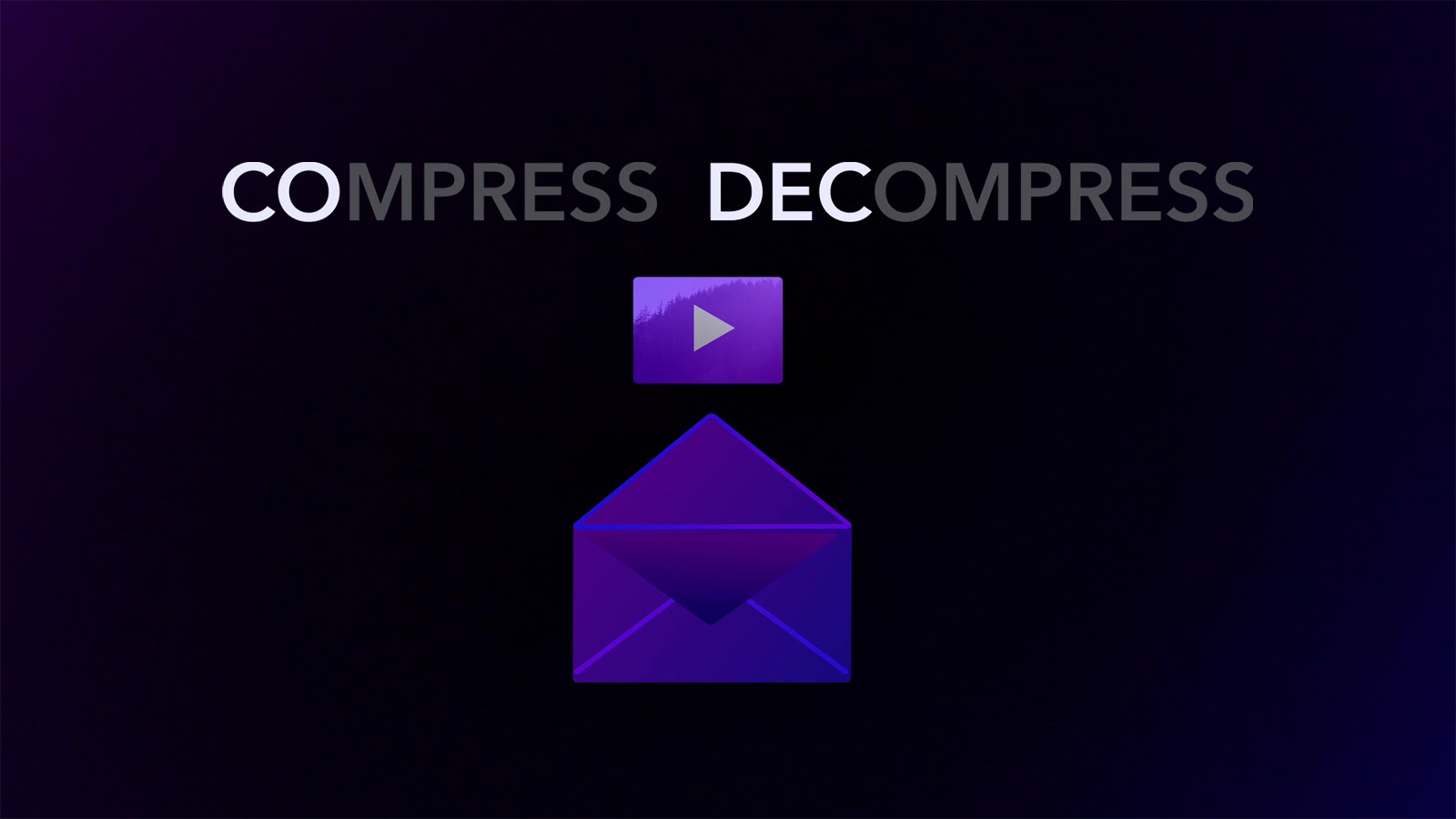
We mentioned in Episode 12 that we chose to edit this series on Final Cut Pro X largely because Apple is so good at treating web-optimized GOP codecs like H.264 and H.265 with the same efficiency as ProRes.
But unlike ProRes or DNx, GOP files are easy to move around. And they no longer have the instability issues they used to. I used this technique to send my camera clips directly to our editor’s computer via the Frame.io Final Cut integration.
Editing systems that don’t rapidly implement web-optimized codecs are going to miss out on a powerful workflow trend that will connect directors to editors in a completely revolutionary way.

The same goes for camera manufacturers. The opportunity here is for everyone to start supporting GOP codecs as internal proxy files for direct connections to the cloud.
This will be amplified with the biggest upcoming step change in the history of network connectivity: 5G. We’re about to transition from a decade of bandwidth measured in megabits per second to bandwidth that will be measured in multiple gigabits per second.
The network support and territory coverage of 5G will become the conduit for all cameras to connect to the cloud. This mathematical certainty means that now is the time for cameras, and especially NLE developers, to stop favoring their own custom codecs at the expense of limiting support for ubiquitous web-based alternatives.
I’ve said this for years: in the future, people will choose cameras based more on how they work rather than just how they look. If you’re a fan of the democratized workflow as I am, we need to tell the developers that they have to accommodate a wider array of codec support in cameras and NLEs. This message needs to be spread—and to be heard.
The other game-changing feature in the Frame.io extension in Final Cut is Presence. Presence allows the editor to monitor the status of an external review in real-time. It morphs traditional review and approval communication into a remote “conversation.” It made our process throughout this series almost as fluid as being in the same room—without being in the same room!
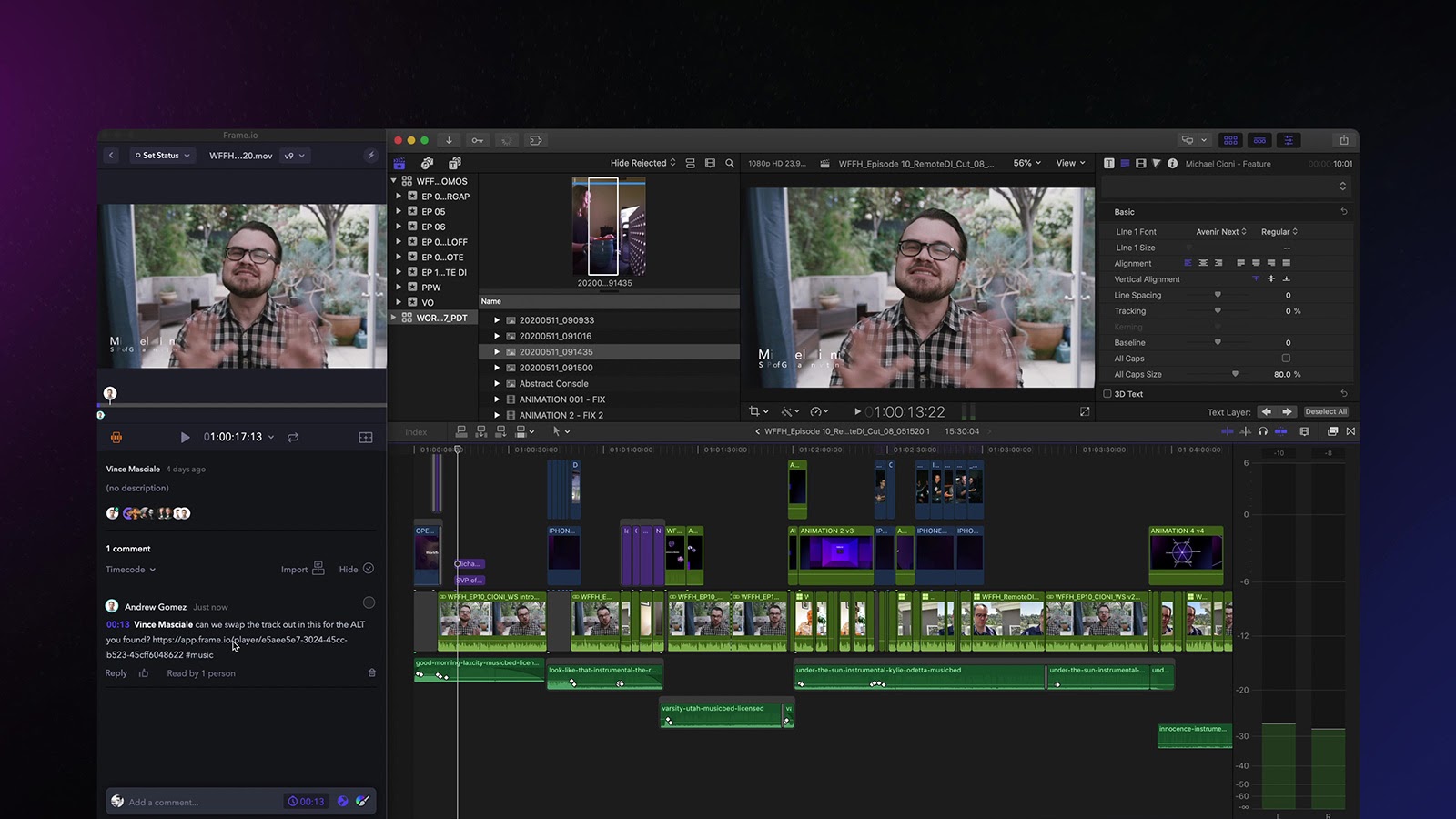
I’ll go out on a limb here and say that once you fully immerse yourself in this workflow, you’ll never want to go back. And, again, as the industry pivots to these kinds of real time, cloud-based, semi-synchronous workflows, the challenge will be for every widely-used professional NLE, compositor, or color corrector to create similar integrations—because their customers will demand it.
The new—and better—normal
It’s been said that history doesn’t repeat itself, but it does sometimes rhyme. In ways that call back to what happened after the Spanish Flu pandemic, we’re seeing the next wave of change in distribution. Netflix has officially purchased the historic Egyptian Theatre in Hollywood.

There are rumblings that the AMC theater chain could be acquired by a large content creation entity, and the Paramount Decree of 1948, which was put in place to prevent the studios from owning theater chains and controlling the distribution process, is currently under review by the US Department of Justice. And calling back to the results of the writer’s strike, we now see the rise in remote events, like the “One World: Together at Home” benefit, which was done using Frame.io as the central platform for all collaborators.
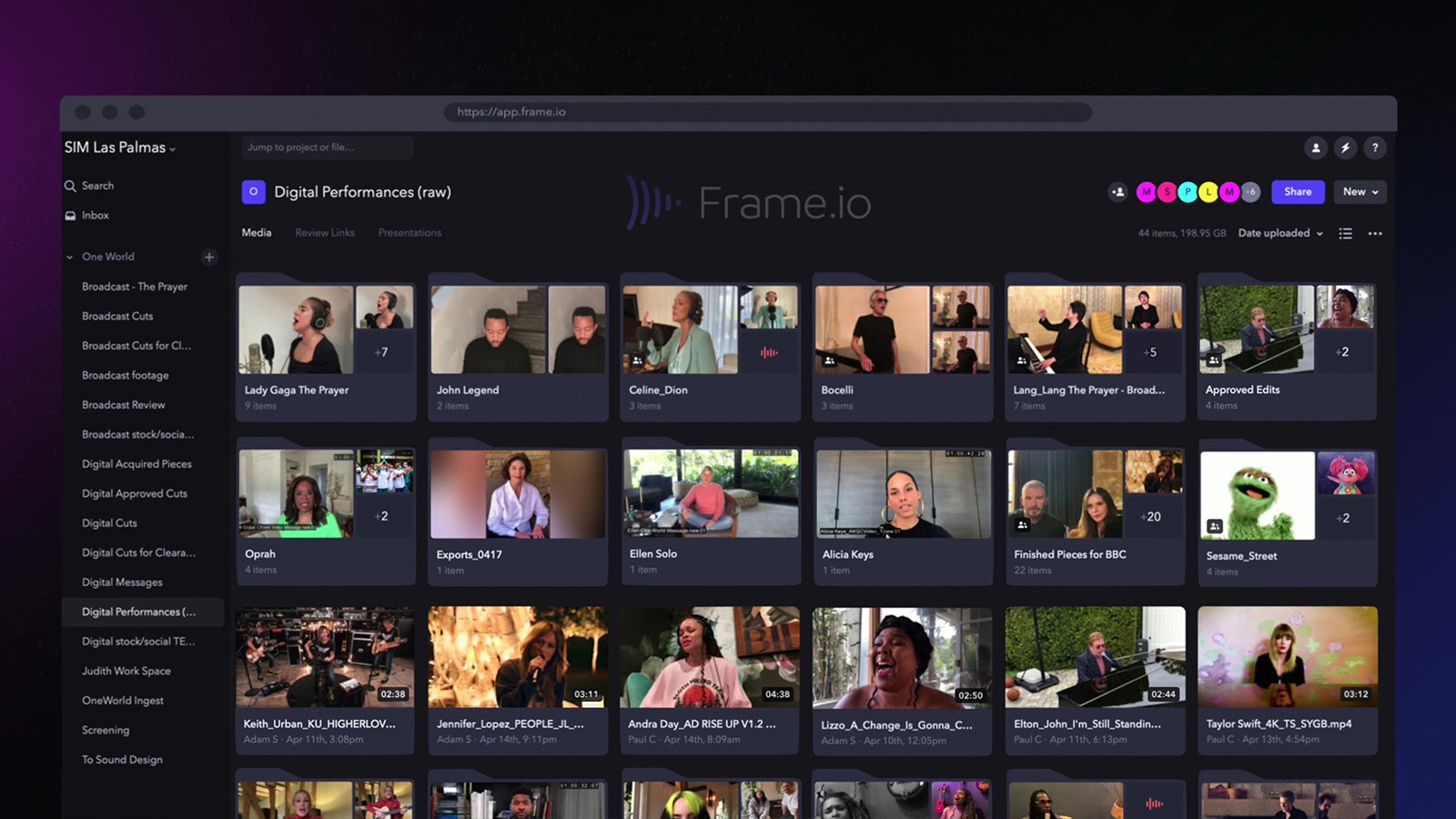
This type of variety production is opening up different kinds of content creation and viewer experiences. The variety of music that’s been available to stream over the past several months far exceeds what you’d be able to see live, even in a city with a robust live music scene. And the fans are even happy to pay for it.
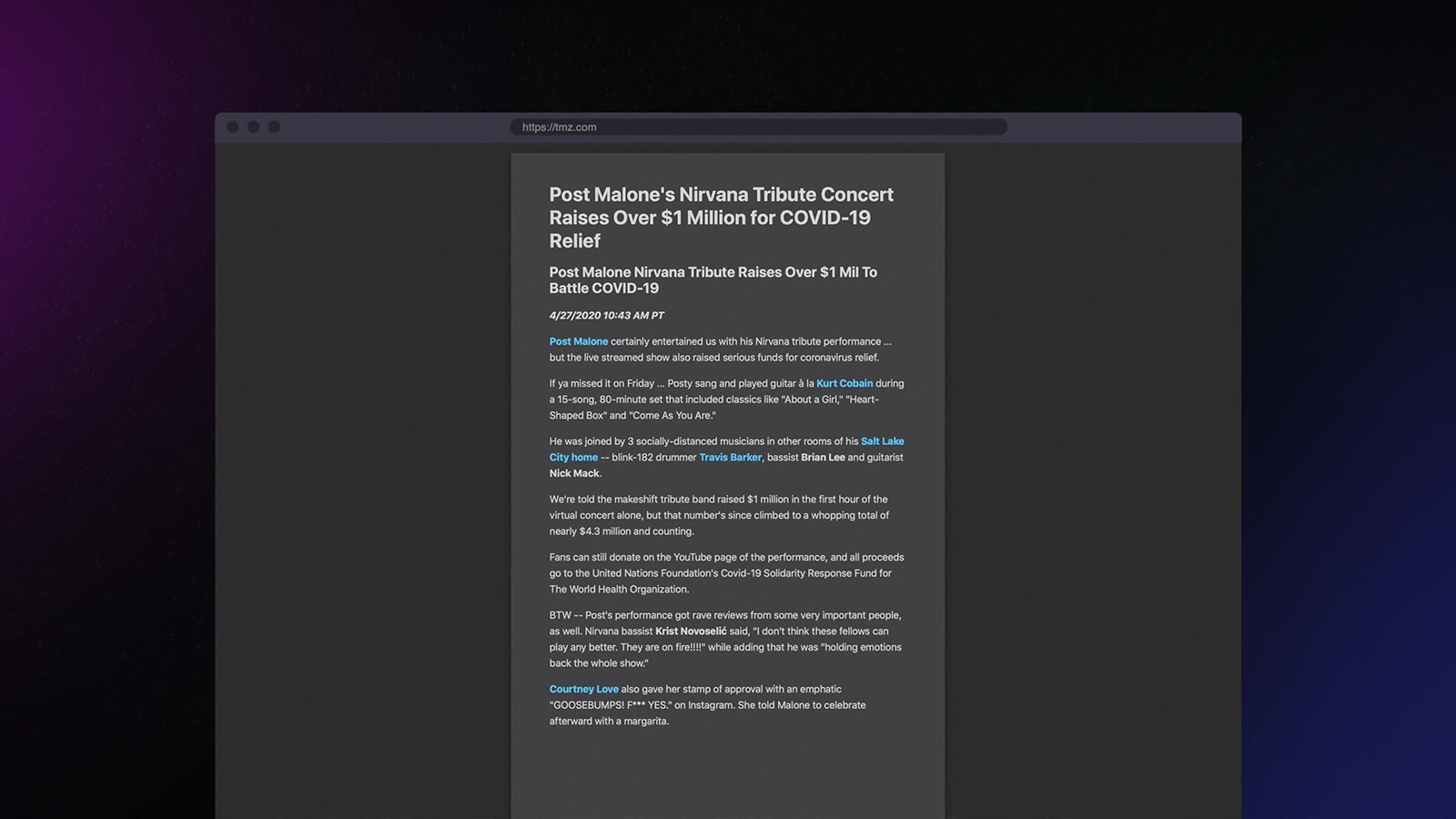
A lot has changed in our world. A lot is changing in our industry. But what hasn’t changed is that people will always need to tell stories, maybe now more than ever. And many of us work tirelessly to innovate on behalf of getting those stories told. Stories are what keep us connected, and I think that connection is what’s enabling us to document this extraordinary time in history.
One hundred days ago, in the introductory episode to this series, I said, “For many of us in the professional media and entertainment business, the biggest challenge here will be working through the pain associated with adapting to rapid change.” And you know what? That challenge was absolutely overcome. I think it’s amazing to see how progressive and successful we were when faced with this opportunity.
Our mission at Frame.io has been, from day one, to be a centralized operating system that enables creatives to create. That’s it. And as we all go forward from here, our mission won’t change. But the way in which we do it will.
So, as we begin implementing our plans for returning to work, we need to resist the temptation to re-enter normal as it was when we left it. Instead, all of us at Frame.io hope that this series served as a snapshot of how workflows can permanently take on an entirely new form.
Here’s to a new, and even better, normal.


